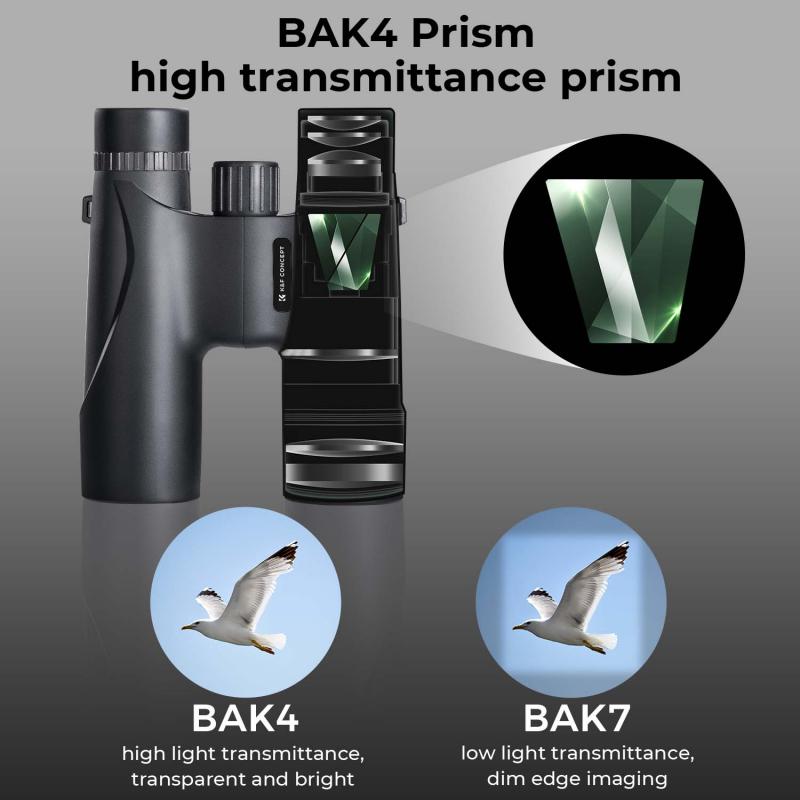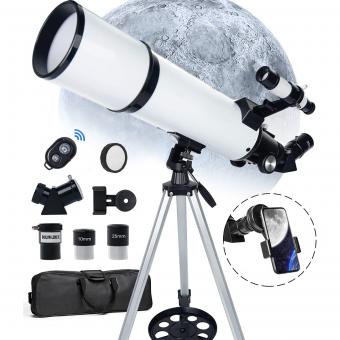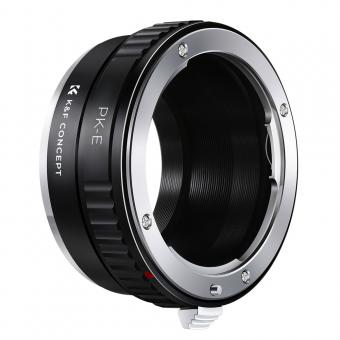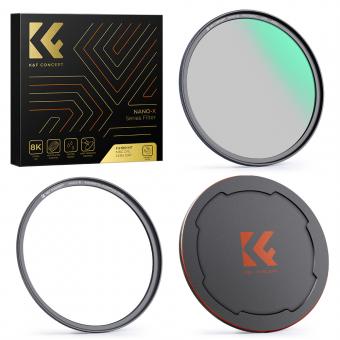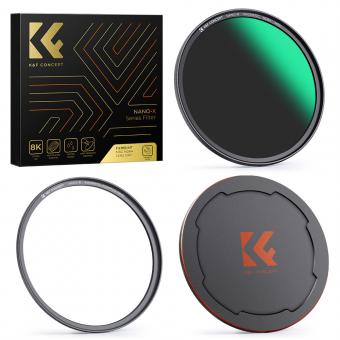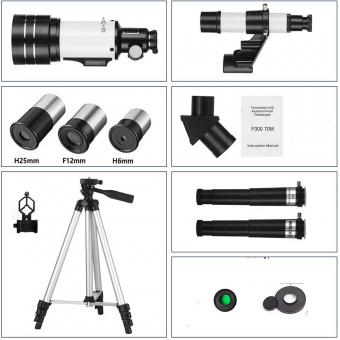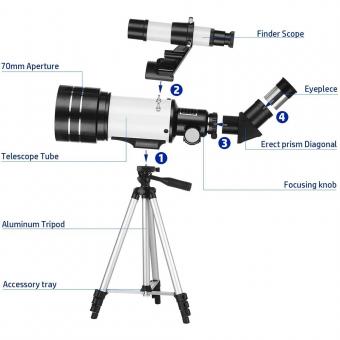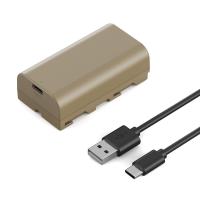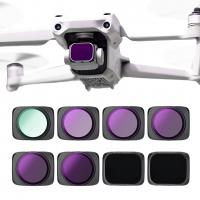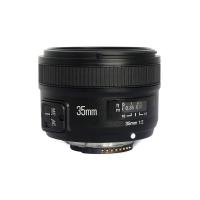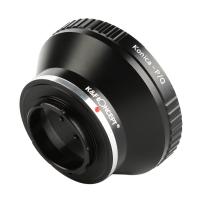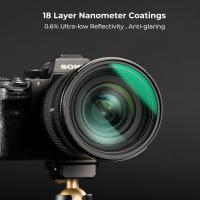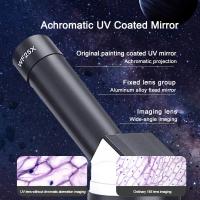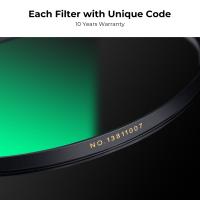Telescope That Can See The Moon Surface ?
A telescope that can see the moon's surface is typically referred to as a lunar telescope. These telescopes are specifically designed to observe celestial objects within our moon, including its craters, mountains, and other surface features. They are equipped with high-resolution optics and often have large apertures to gather as much light as possible for detailed observations. Lunar telescopes can be used by both amateur and professional astronomers to study the moon's geology, topography, and other scientific aspects. Some popular lunar telescopes include the Celestron NexStar 8SE and the Meade LX200-ACF.
1、 Lunar telescopes: Instruments designed for observing the moon's surface.
A lunar telescope is an instrument specifically designed for observing the moon's surface. These telescopes are equipped with advanced optics and imaging technology to capture detailed images and data from the lunar surface. They allow scientists and astronomers to study various aspects of the moon, including its topography, geology, and composition.
One example of a lunar telescope is the Lunar Reconnaissance Orbiter Camera (LROC), which has been orbiting the moon since 2009. The LROC has provided high-resolution images of the moon's surface, allowing scientists to study features such as craters, mountains, and lava flows in great detail. These images have helped in understanding the moon's geological history and its potential for future exploration.
In recent years, there has been a growing interest in developing more advanced lunar telescopes. The Artemis program, led by NASA, aims to return humans to the moon by 2024 and establish a sustainable presence there. As part of this program, NASA plans to deploy a new generation of lunar telescopes that will provide even more detailed observations of the moon's surface.
These future lunar telescopes will likely incorporate advancements in technology, such as higher resolution imaging sensors, improved data transmission capabilities, and enhanced mobility. They will enable scientists to explore previously uncharted regions of the moon and gather valuable data for future lunar missions.
In conclusion, lunar telescopes are essential tools for studying the moon's surface. They provide valuable insights into the moon's geology, topography, and composition. With the advancements in technology and the renewed interest in lunar exploration, we can expect to see even more sophisticated lunar telescopes in the near future, allowing us to unravel the mysteries of our closest celestial neighbor.

2、 Lunar mapping: Techniques used to create detailed maps of the moon.
Lunar mapping is a crucial process that involves creating detailed maps of the moon's surface. It allows scientists and researchers to gain a better understanding of the moon's topography, geology, and other important features. One of the key techniques used in lunar mapping is the utilization of telescopes that can see the moon's surface.
Telescopes play a vital role in observing and studying the moon. They enable scientists to capture high-resolution images of the moon's surface, which are then used to create accurate maps. These telescopes are equipped with advanced imaging technology that allows for detailed analysis of the moon's features, such as craters, mountains, valleys, and other geological formations.
In recent years, there have been significant advancements in telescope technology, enhancing our ability to map the moon's surface with greater precision. For instance, the development of adaptive optics has allowed telescopes to correct for atmospheric distortions, resulting in sharper and clearer images. Additionally, the integration of digital imaging sensors and powerful computer algorithms has improved the efficiency and accuracy of lunar mapping.
Furthermore, the latest telescopes are equipped with multi-spectral capabilities, allowing scientists to capture images of the moon in different wavelengths of light. This enables them to study various aspects of the moon's composition, such as the presence of different minerals or the distribution of ice in shadowed regions.
Overall, telescopes that can see the moon's surface are indispensable tools in the field of lunar mapping. They provide valuable data that helps scientists unravel the mysteries of the moon and pave the way for future lunar exploration and potential colonization. As technology continues to advance, we can expect even more detailed and comprehensive maps of the moon's surface, further expanding our knowledge of Earth's celestial neighbor.
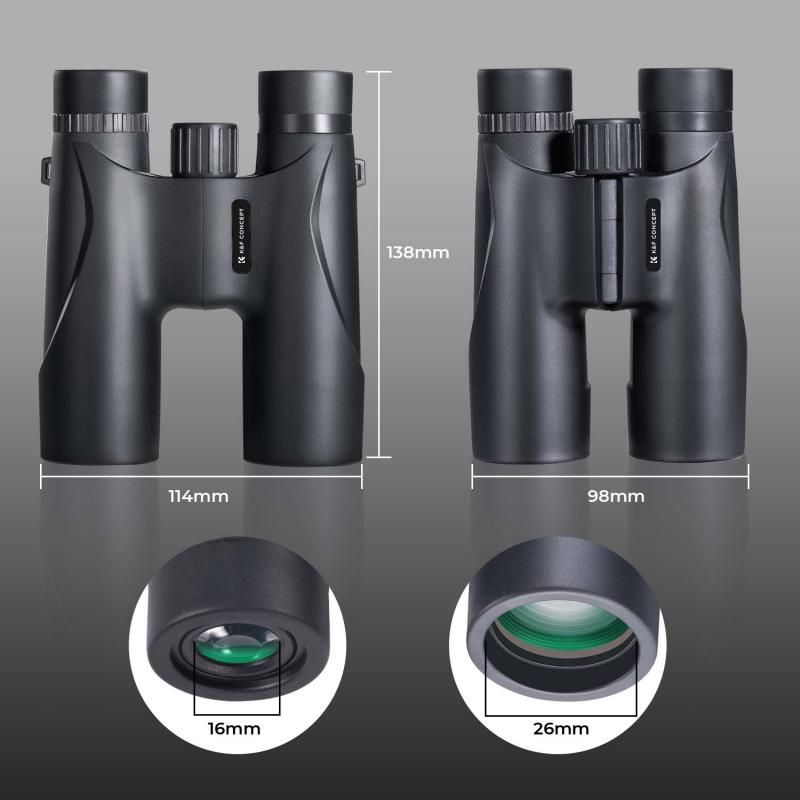
3、 Lunar geology: Study of the moon's surface composition and geological features.
A telescope that can see the moon's surface is an essential tool for studying lunar geology. Lunar geology involves the examination of the moon's surface composition and geological features, which can provide valuable insights into the moon's formation and evolution.
By using a telescope capable of observing the moon's surface, scientists can analyze the various types of rocks, minerals, and other materials present on the lunar surface. This information helps in understanding the moon's geological history, including the processes that shaped its surface over billions of years. For example, the presence of certain minerals can indicate volcanic activity or the impact of meteorites.
Furthermore, a telescope can help identify and study specific geological features on the moon, such as craters, mountains, and valleys. These features provide clues about the moon's past, including the intensity of meteorite impacts and the presence of ancient volcanic activity. By studying these features, scientists can gain a better understanding of the moon's geological processes and its relationship with other celestial bodies.
In recent years, advancements in telescope technology have allowed for more detailed observations of the moon's surface. For instance, high-resolution imaging techniques have enabled scientists to map the moon's surface with greater accuracy, revealing previously unknown features and providing a more comprehensive understanding of lunar geology.
Moreover, the latest telescopes equipped with spectroscopic capabilities can analyze the light reflected from the moon's surface to determine the composition of different materials. This information helps scientists identify specific minerals and understand their distribution across the lunar surface.
In conclusion, a telescope that can see the moon's surface is an invaluable tool for studying lunar geology. It allows scientists to analyze the moon's surface composition, identify geological features, and gain insights into the moon's formation and evolution. With advancements in telescope technology, our understanding of lunar geology continues to expand, providing new perspectives on the moon's fascinating history.

4、 Lunar topography: Examination of the moon's physical features and elevation.
A telescope that can see the moon's surface is an invaluable tool for studying lunar topography. By examining the moon's physical features and elevation, scientists can gain a deeper understanding of the moon's geological history and its formation processes.
One of the primary goals of studying lunar topography is to unravel the mysteries surrounding the moon's origin. The moon's surface is marked by various features such as craters, mountains, valleys, and plains. By analyzing these features, scientists can infer the processes that shaped the moon's surface over billions of years. For example, the presence of impact craters provides evidence of past collisions with asteroids or comets, which played a crucial role in shaping the moon's topography.
Furthermore, studying lunar topography can also shed light on the moon's internal structure. By examining the distribution and characteristics of mountains and valleys, scientists can infer the presence of tectonic activity or volcanic processes in the moon's past. This information helps in understanding the moon's geological evolution and its potential for harboring resources.
In recent years, advancements in telescope technology have allowed for more detailed observations of the moon's surface. High-resolution telescopes equipped with advanced imaging techniques can capture intricate details of lunar features, providing scientists with a wealth of data to analyze. Additionally, the use of remote sensing instruments, such as spectrometers, can provide valuable information about the composition of different lunar terrains.
Moreover, the latest point of view in lunar topography research involves the integration of data from telescopes with data obtained from lunar missions. By combining observations from telescopes with data collected by spacecraft, scientists can create comprehensive maps of the moon's topography, enhancing our understanding of its geological history.
In conclusion, a telescope that can see the moon's surface is an essential tool for studying lunar topography. By examining the moon's physical features and elevation, scientists can unravel the moon's geological history, understand its formation processes, and gain insights into its internal structure. The latest advancements in telescope technology and the integration of data from lunar missions have further enhanced our understanding of lunar topography.
